Ever grabbed a “low-fat” snack or “organic” juice, only to find out later that it was loaded with sugar, sodium, and ingredients you can’t even pronounce? You’re not alone. In today’s grocery stores, bright packaging and buzzwords often mislead shoppers into buying products that look healthy but aren’t. The real truth about what you’re eating isn’t in the front label, it’s hidden in the nutrition facts. And understanding nutrition labels could be the first major step toward reclaiming your health and making truly informed choices.
But that leads to big questions: Why is it important to read food labels? What should you look for on a nutrition label? How do you interpret daily values, serving sizes, and ingredients? Whether you’re managing your weight, controlling blood sugar, avoiding allergens, or just trying to eat clean, learning how to understand nutrition labels empowers you to shop smart and live well. Yet, most people still rely on marketing slogans instead of facts. That stops now.
At Jannis Health, we believe food is medicine, and knowledge is power. This guide answers all your questions about how to interpret nutrition labels in simple, clear terms. We also show you how our expert dietitian can help you build a grocery strategy, understand ingredient lists, and choose products that actually support your body’s wellness goals. No more confusion. No more guesswork. Just real food choices, for real health results.
Why Reading Nutrition Labels Matters

Understanding nutrition labels is one of the most powerful habits you can develop for your long-term health. Whether you're managing a medical condition or simply trying to make better food choices, knowing what's really in your food helps you take control of your well-being, one label at a time. So why is it important to read food labels? Because every choice you make in the grocery aisle directly impacts your energy levels, mood, weight, and overall health.
When you take the time to read nutrition labels:
- You can avoid hidden sugars, sodium, and unhealthy fats that increase the risk of heart disease, obesity, and diabetes, even in foods labeled "low-fat" or "natural."
- You learn how to interpret nutrition labels to prioritize nutrient-dense foods, those rich in fiber, protein, vitamins, and healthy fats, over empty-calorie snacks that leave you feeling sluggish.
- You take back control from food manufacturers. With label knowledge, you’re not fooled by marketing buzzwords like “lite,” “organic,” or “immune-boosting”, you read the facts and make empowered choices.
- You protect yourself from allergens and additives. Many common ingredients that trigger allergic reactions or digestive issues are only found in the fine print of the label.
- You can better manage portion sizes by understanding serving size information and Daily Value percentages.
- You support your fitness or weight goals by choosing products that align with your dietary plan, whether it's high-protein, low-carb, low-sodium, or heart-friendly.
| At Jannis Health, we believe healthy living starts with informed choices. That’s why we help you understand how to read and interpret nutrition labels clearly, so your grocery cart, your kitchen, and your plate all reflect the lifestyle you want. With support from our expert dietitian, you'll never shop blind again. |
Let’s Analyze a Nutrition Label: What to Look For
Here’s a simple breakdown of how to interpret nutrition labels and make smarter decisions during your next grocery run.
#1. Serving Size – The Sneaky Starting Point
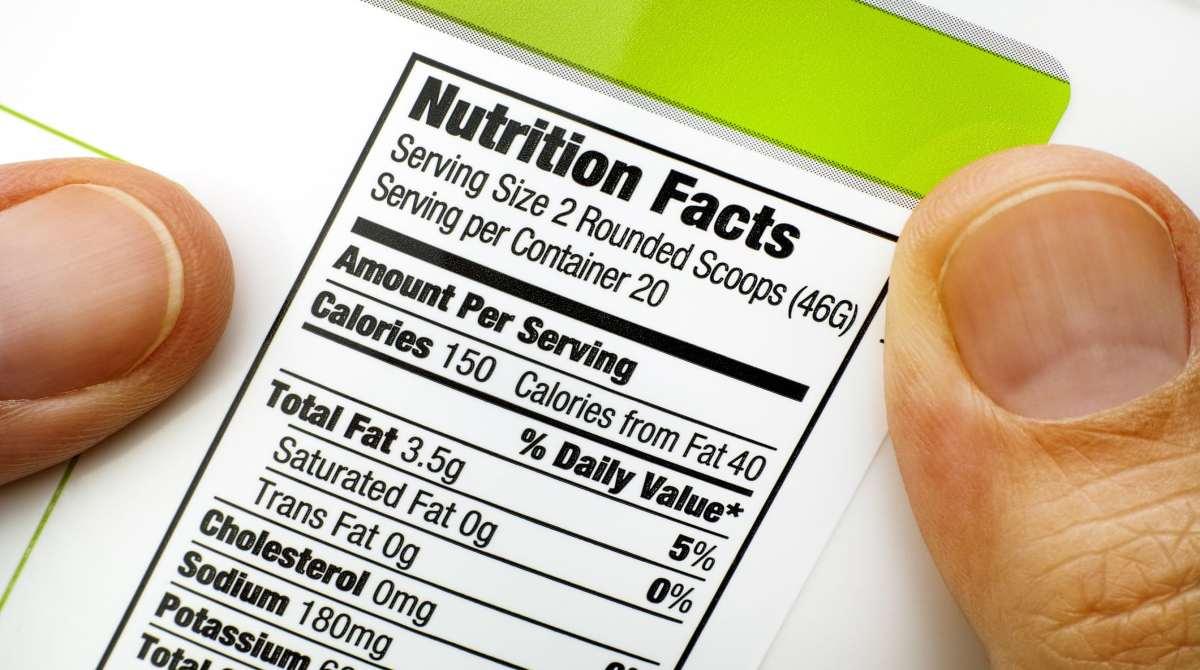
The serving size is the foundation of everything else on the label. It tells you what amount all the listed nutrients and calories refer to. Here’s the catch: many packages contain more than one serving, and it’s easy to miss that detail.
Real Tip: If the label says one serving is half a cup, but you eat the whole cup, you’ve doubled all the numbers, calories, fat, sodium, and sugar. Always compare per serving and per package amounts.
#2. Calories vs. Nutrients – Prioritize Quality Over Quantity
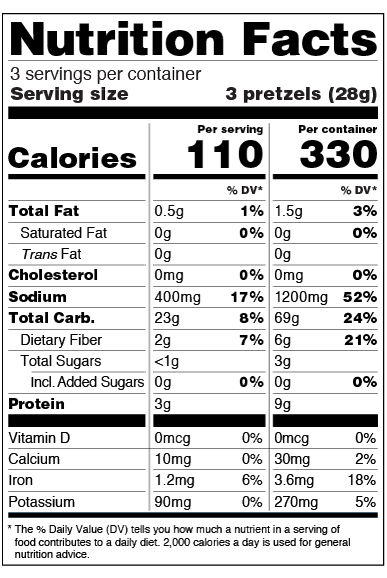
Calories indicate energy, but nutrient density reveals how beneficial that energy is to your body. Understanding nutrition labels means going beyond calorie count to assess what else you're getting.
Look for foods high in:
- Fiber
- Protein
- Vitamins and minerals like calcium, iron, potassium, and vitamin D
Limit foods high in:
- Added sugars
- Refined carbohydrates
- Saturated fat and sodium (unless advised medically)
Real Tip: 200 calories from almonds with fiber and magnesium is better than 200 calories from soda with zero nutrients.
#3. The 5/20 Rule – Your Quick Nutrient Guide
Don’t have time to read everything in detail? Use the 5/20 rule on the % Daily Value (DV) column:
- 5% or less = Low
- 20% or more = High
Aim for the % Daily Value (DV) next to each nutrient.
- Less than 5% DV of saturated fat or sodium? Good.
- More than 20% DV of fiber or calcium? Even better.
Real tip: You want high % DV for nutrients you need more of, and low % DV for nutrients you should limit.
Real Tip: This simple rule helps you spot good and bad nutrients fast. When in doubt, consult a registered dietitian at Jannus Health to understand which nutrients you personally need more or less of.
 |
✔️ Immune System Function
|
4. Spot the Sugar Trap – Natural vs. Added Sugars
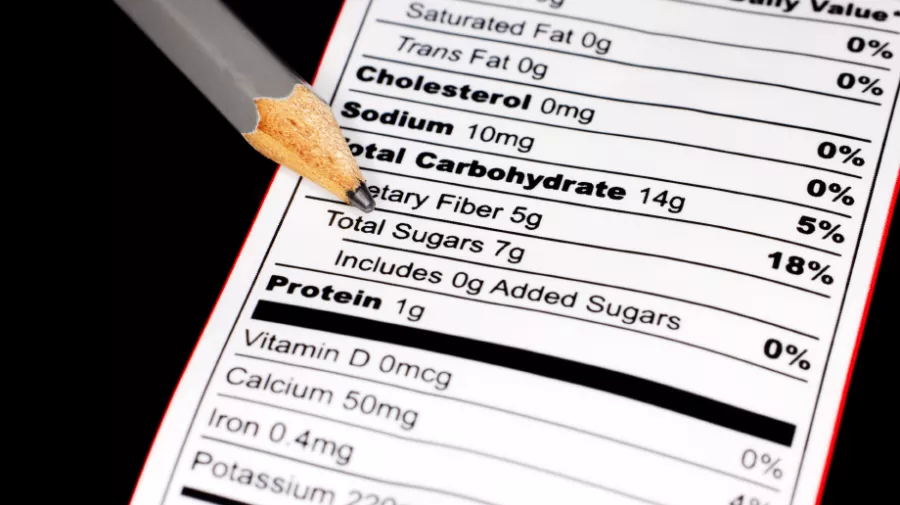
Labels now clearly show added sugars, those sneaky extras food companies put in. Unlike natural sugars in fruits and milk, added sugars contribute nothing but excess calories and health risks.
Real Tip: 4 grams of sugar = 1 teaspoon. If your flavored yogurt has 20g of added sugar, that’s 5 teaspoons! Would you add that to plain yogurt? Probably not.
5. Ingredients List – The Real Story Behind the Label
While the numbers tell part of the story, the ingredient list reveals what you're truly eating. Ingredients are listed by weight, so the first few matter most.
Look for:
- Whole-food ingredients (e.g., oats, almonds, brown rice)
- Minimal and recognizable items
- Clean ingredients with no red-flag additives
Avoid:
- Ingredients like "sugar," "hydrogenated oils," or "refined flour" at the top
- Artificial colors and preservatives if you're sensitive or allergic
Real Tip: If you can’t pronounce it, or wouldn’t cook with it at home, think twice before buying it.
Want to Shop Smart and Eat Smarter?
At Jannis Health, we don’t just help you decode labels, we empower you to make choices that align with your wellness goals. Whether you're trying to manage weight, avoid allergens, or eat more whole foods, our expert dietitian will guide you step-by-step on how to understand nutrition labels and choose truly nourishing options for you and your family.
Aim for Nutrient-Dense and Diverse Foods
Once you start understanding nutrition labels, you unlock the power to make smarter, more intentional food choices that actually nourish your body. The goal? Choosing nutrient-dense foods that deliver maximum nutrition per bite, without the hidden sugars, excess sodium, or empty calories.
Build your meals and snacks around:
- Fiber-rich options like whole grains, legumes, fruits, and vegetables
- Healthy fats from sources like nuts, seeds, avocados, and olive oil
- Lean proteins such as fish, chicken, eggs, tofu, or beans
- Colorful variety, because eating the rainbow means loading up on phytonutrients and antioxidants
Why is it important to read food labels? Because food variety equals nutrient diversity, and nutrient diversity supports energy, strong immunity, digestive health, and long-term disease prevention.
If you’re unsure how to interpret nutrition labels or compare products for nutrient quality, speaking with a registered dietitian can make all the difference. At Jannis Health, our team of certified dietitian-nutritionists is here to help. We offer personalized guidance to help you identify nutrient-dense foods based on your health goals, dietary preferences, and even your budget.
Final Takeaway: Be a Label Detective
The goal isn’t to obsess over every number, it’s about becoming an empowered, informed shopper. When you know how to understand nutrition labels, you stop falling for front-label marketing tricks and start choosing food based on real nutritional value.
So, the next time you’re in the grocery store, take a moment. Turn the package over. Read the label. The extra minute could be the healthiest decision you make all day.
At Jannis Health, we believe that small, informed choices lead to big results. That’s why we’re here to guide you, one label, one bite, and one habit at a time. Be mindful. Stay healthy. Eat smart.
Frequently Asked Questions About Understanding Nutrition Labels
Why is it important to read food labels?
Reading food labels helps you make informed decisions about what you're eating. It allows you to manage your intake of calories, sugar, sodium, fats, and essential nutrients. Whether you're trying to lose weight, manage a health condition, or simply eat healthier, knowing how to understand nutrition labels puts you in control of your food choices.
What should I look for first on a nutrition label?
Start with the serving size. All the nutritional information listed is based on this quantity. Then, check the calories per serving, followed by key nutrients like fiber, protein, vitamins, and minerals. Be mindful of added sugars, saturated fats, and sodium, which should be limited in a balanced diet.
What does % Daily Value (%DV) mean?
The % Daily Value shows how much a nutrient in a serving of food contributes to your total daily intake. As a general guide:
- 5% DV or less is considered low
- 20% DV or more is considered high
Use it to identify whether a product is high or low in specific nutrients like calcium, fiber, or sodium.
How can I tell if a food is truly healthy?
Marketing terms like “low-fat” or “organic” can be misleading. The best way to judge is by reading the nutrition facts panel and the ingredient list. Choose foods that are nutrient-dense, meaning they provide a high amount of vitamins, minerals, fiber, or protein without too many calories, sugars, or unhealthy fats.
Are shorter ingredient lists better?
Usually, yes. Foods with fewer ingredients, and ingredients you can recognize and pronounce, tend to be less processed and more natural. Watch out for food additives, artificial preservatives, and hidden sugars listed under names like “high-fructose corn syrup” or “maltodextrin.”
Jannis Health, help me with food label education?
Absolutely. At Jannis Health, our team of expert dietitian-nutritionists can teach you how to interpret nutrition labels, shop smarter, and select nutrient-dense foods based on your personal needs. Whether you’re managing a health condition or just trying to eat better, we offer personalized guidance that works for your lifestyle and budget.


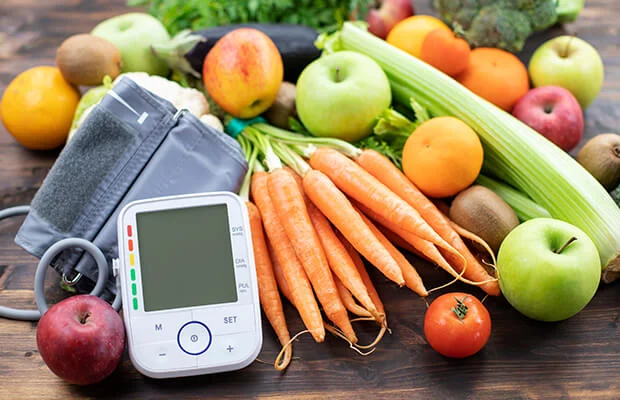

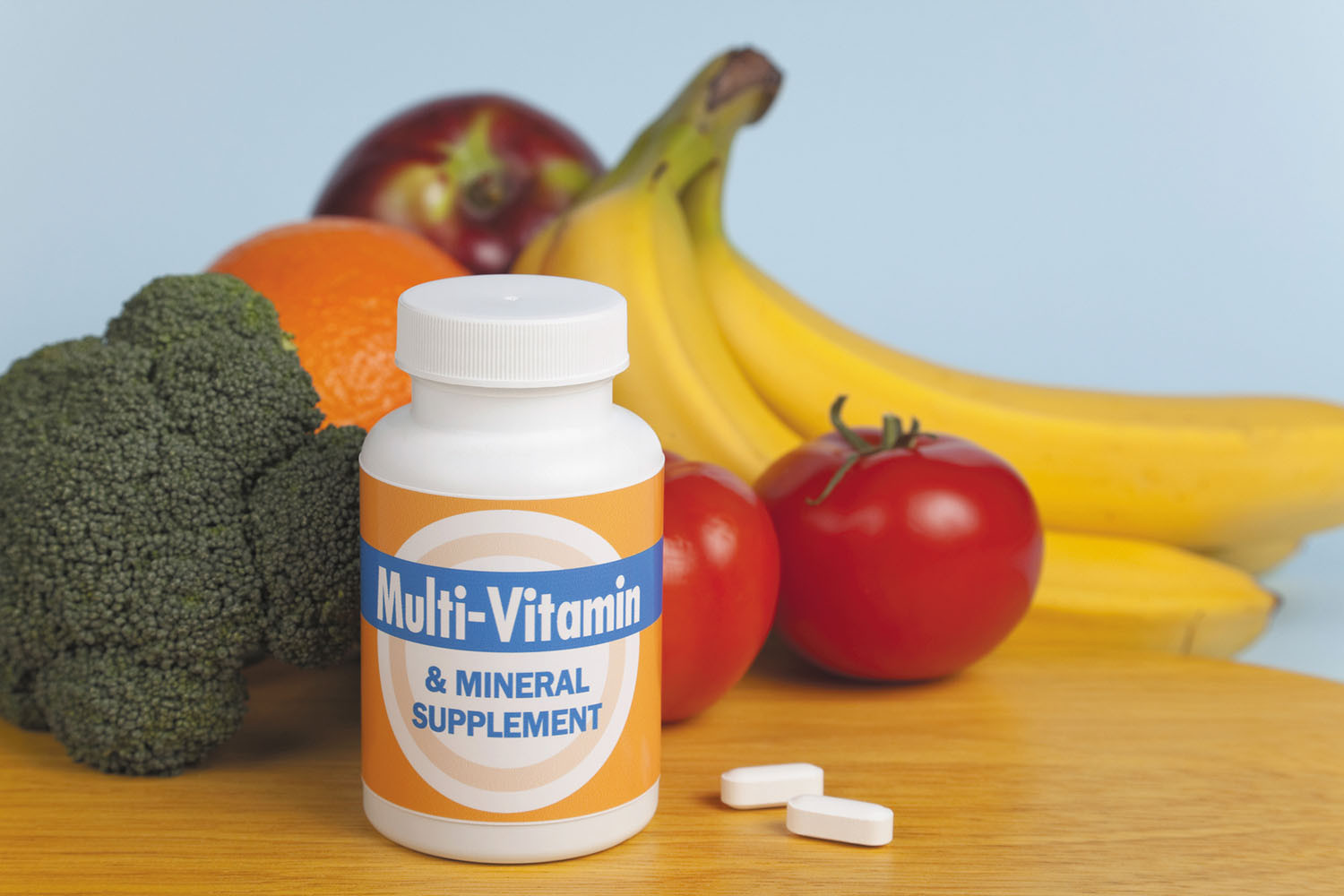

Comments